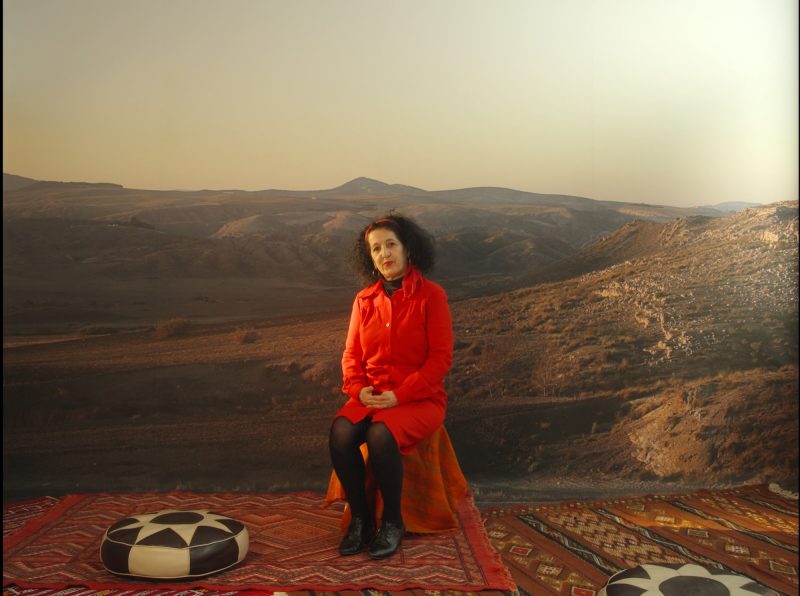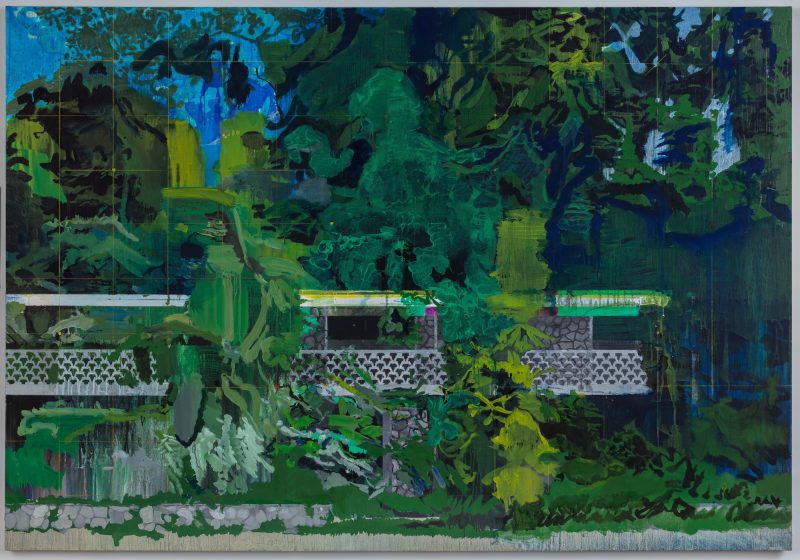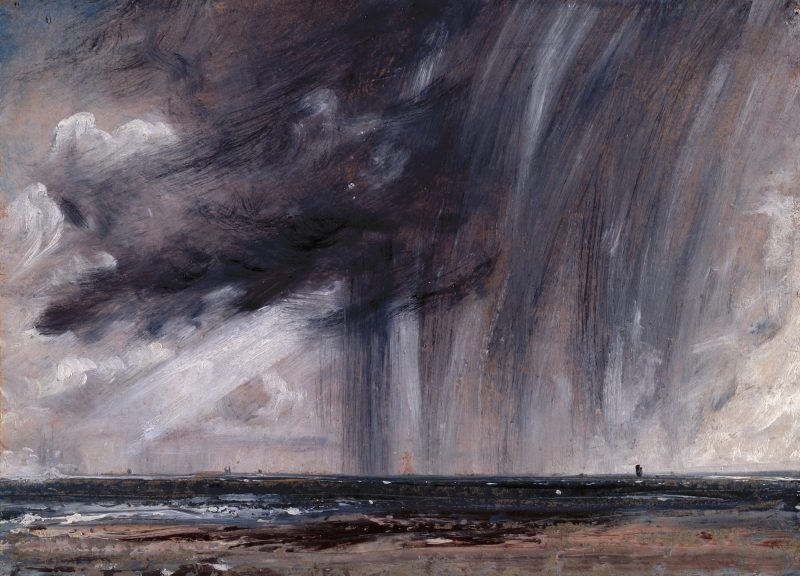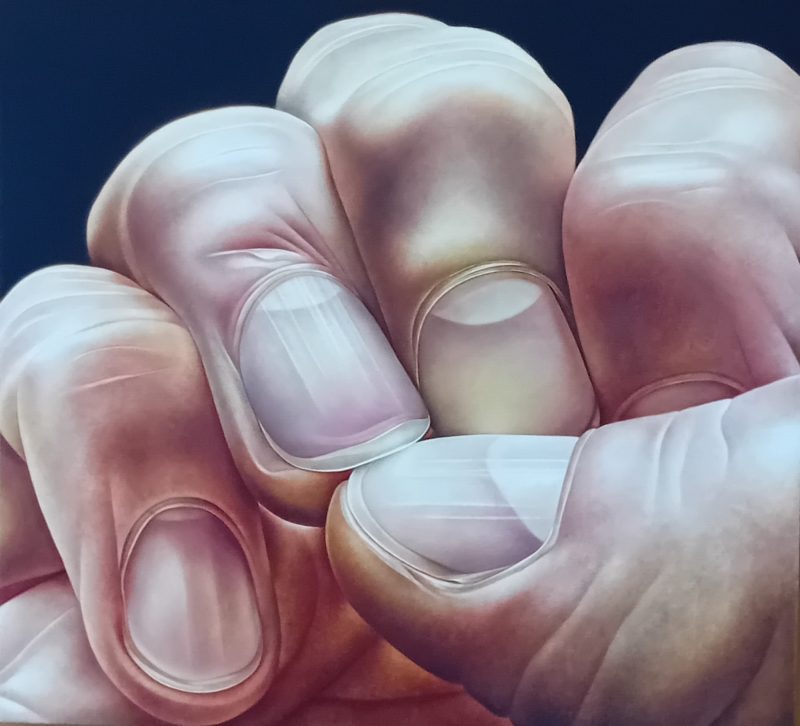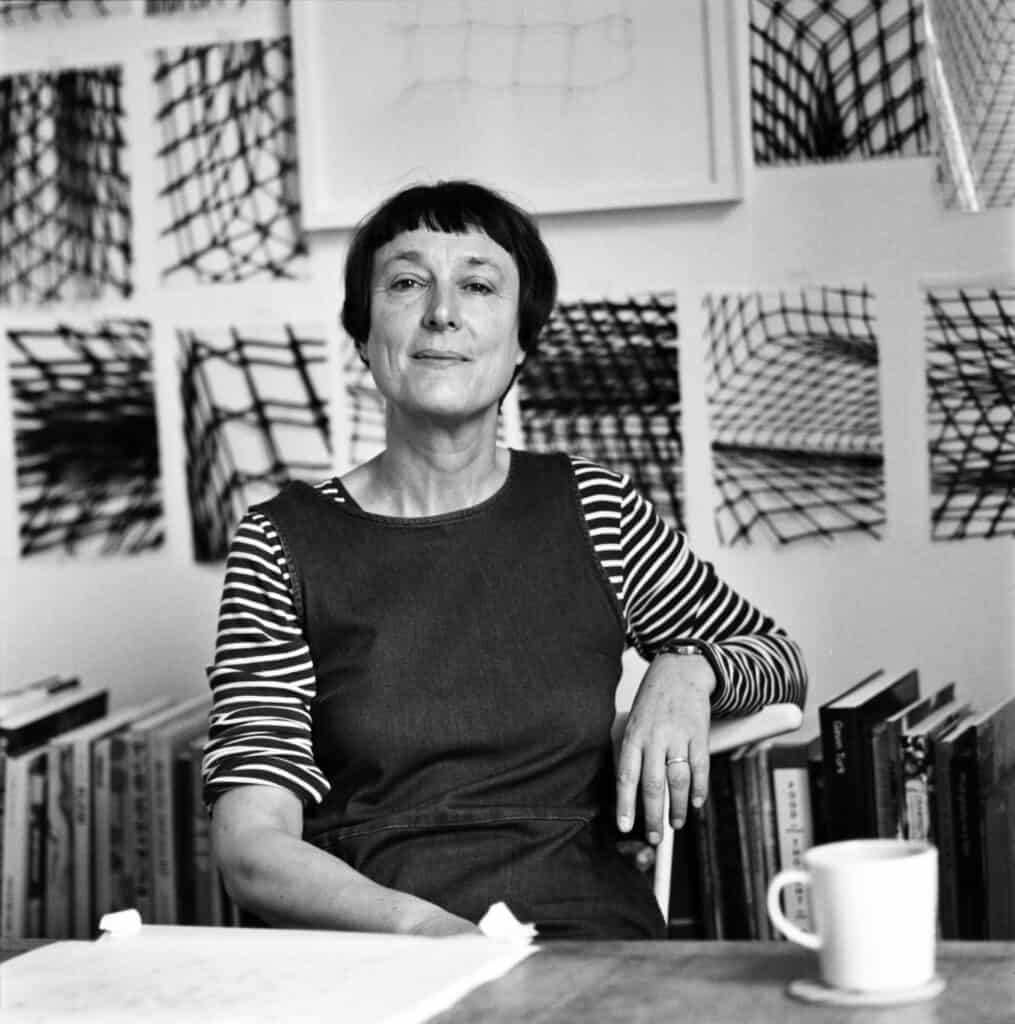
The most interesting thing is the thing that is not there, the thing that just evades scrutiny, the thing that hangs like cobwebs in the background. Cornelia Parker’s work is all about that liminal thing and, in this show at Tate Britain, it looms large. Indeed, one quickly forms the impression that she – intentionally or otherwise – is making the art that this fractured, restless world deserves.
Visitors gallop around the show as if it is an amusement. They gasp at its flattened, hanging trombones bathed in white light and acrid shadow, and coo at its glittering, pressed silverware suspended from heavenly threads that shimmer and sparkle in the light. Such is the pleasure of art in the moment of encounter at its most spectacular, surprising, suspenseful. And good for them. But Cornelia Parker’s great distinction is that her work is serious, sober and challenging; she treats nothing lightly and does not take the obvious aesthetic qualities of her materials for granted. She infuses everything with meaning. The result is art that is interesting to look at, to meditate upon, to spend time with, but also art that stands up to scrutiny.
Cold Dark Matter: An Exploded View (1991), a garden shed and all its contents blown up by the army and suspended from the ceiling piece by piece by Parker, is all well and good. It is the crowd-pleaser that people flock towards, but it is far from the most interesting thing happening. Parker is at her best when the work appears to be something, but is in fact something else, when she treads the line between familiarity and surprise, when narratives collide with theories.
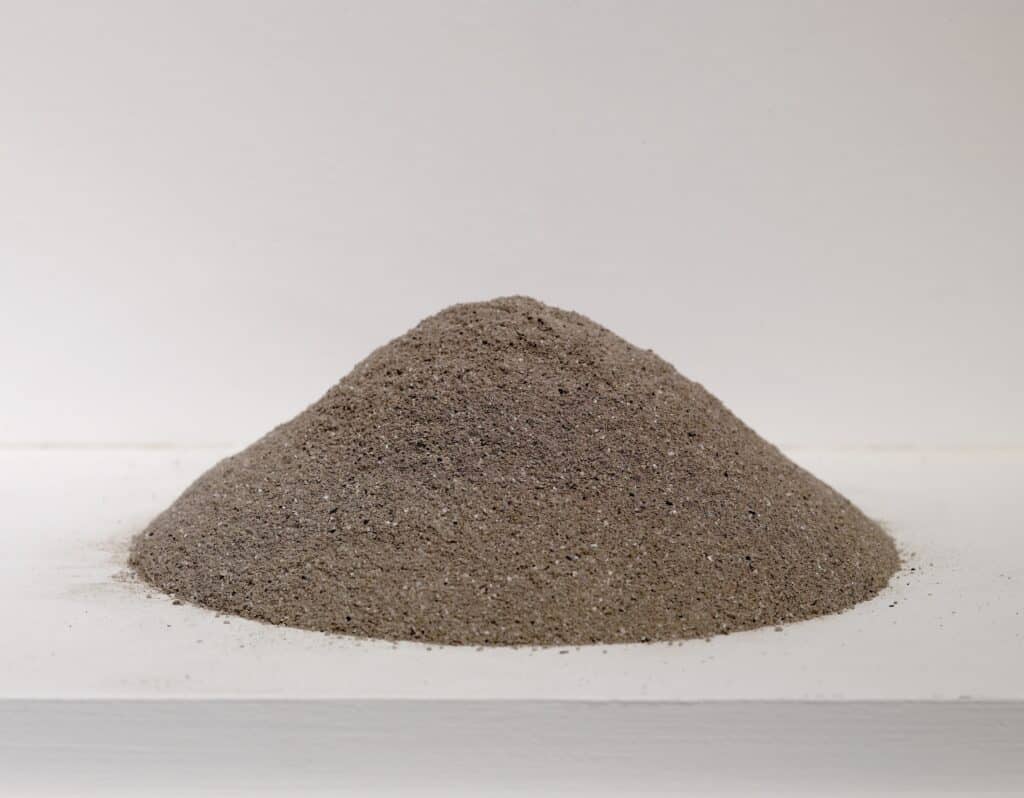
The objects shine when the stories bristle. In one room, display cases contain piles of dust or scraps of metal. Without the narrative, they are stark, stubborn, but enticing works of conceptual art, but with it they are transmuted. A substantial pile of grey ash turns out to be a portion of £1 million worth of cocaine, captured and incinerated by customs and excise and given to Parker in a black bin bag. Silver discs, strewn like the coins of Judas, are 10 pence coins, gifted by the Royal Mint before they are stamped into legal currency. A frame containing what appears to be bundles of thread beneath the glass turns out to contain the offcut strands of vinyl left over from cutting LPs at Abbey Road. What you see is emphatically not what you get, for what you get is the shadow, the cypher, the diminishing trace of something important but the form in which it is presented feels stark, cold, empty – tokens of something much bigger than the sum of its quotidian parts, which is the true calling of conceptual art, for which Parker has an indelible instinct.
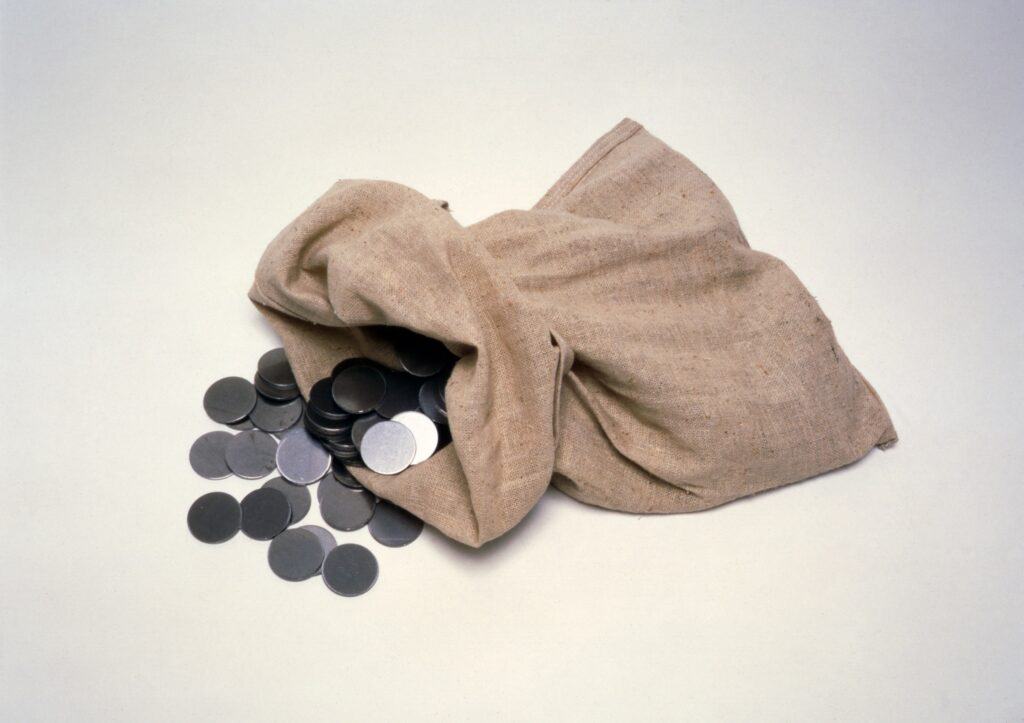
The Magna Carter Wikipedia page, hand-woven by over 200 volunteers, including prisoners, politicians and celebrities dominates the room. Again, it is the absence that makes it – the absence of the people who toiled in its making, an analogy for the democratic principles enshrined therein. It is flanked by blackboards, art historically reminiscent of Twombly but conceptually so far removed, on which children have scrawled the daily headlines that range from the serious to the absurd, such as ‘Russia’s meddling’, ‘Bathtub terror’, ‘Labour could win snap election’ and ‘Make the moon great again’. Again, it is the absence of the children, who choose the headlines themselves, whose understanding of the world they will inherit, that lends the work – deceptively simple, aesthetically irresistible – its impact.
View this post on Instagram
Even in her films, mostly shot on an iPhone, Parker works at the periphery of the tangible. A multi-channel presentation gives the sensation of New York but without the boredom of its conveyance; in another, the conceptual horizon of all ambition is laid bare by a man who speaks passionately about Palestine. As ever, the crux of the work’s meaning is in something absent from the gallery. It is in that sense that Parker is, and always has been, making the art we deserve: meaning, she seems to say, is hard to find precisely because it is all around us, but in the most unlikely, or perhaps uncanny, places.
Cornelia Parker at Tate Britain – 16th October 2022
About the artist
Cornelia Parker (b. 1956, Cheshire) lives and works in London. Over the last three decades, she has presented numerous major commissions and solo exhibitions nationally and internationally, including at the Museum of Contemporary Art Australia, Sydney (2019); Westminster Hall, Palace of Westminster (2017); Metropolitan Museum of Art, New York (2016), The Whitworth, the University of Manchester (2015), British Library, London (2015), BALTIC Centre for Contemporary Art, Gateshead (2010), Museo de Arte de Lima, Peru (2008), Ikon Gallery, Birmingham (2007) and the Modern Art Museum of Fort Worth, Texas (2006).
Parker was elected to the Royal Academy of Arts, London, and made an OBE in 2010. She was elected the Apollo Awards Artist of the Year in 2016, and the following year, awarded an honorary doctorate from the University of Manchester. In 2017, she was appointed as the first female Election Artist for the United Kingdom General Election. She was made an Honorary Fellow of Trinity Hall, Cambridge in 2021. Her works are held in public and private collections around the word including the Institute of Contemporary Art, Boston; Fundación “la Caixa”, Barcelona and the Museum of Modern Art, New York.
